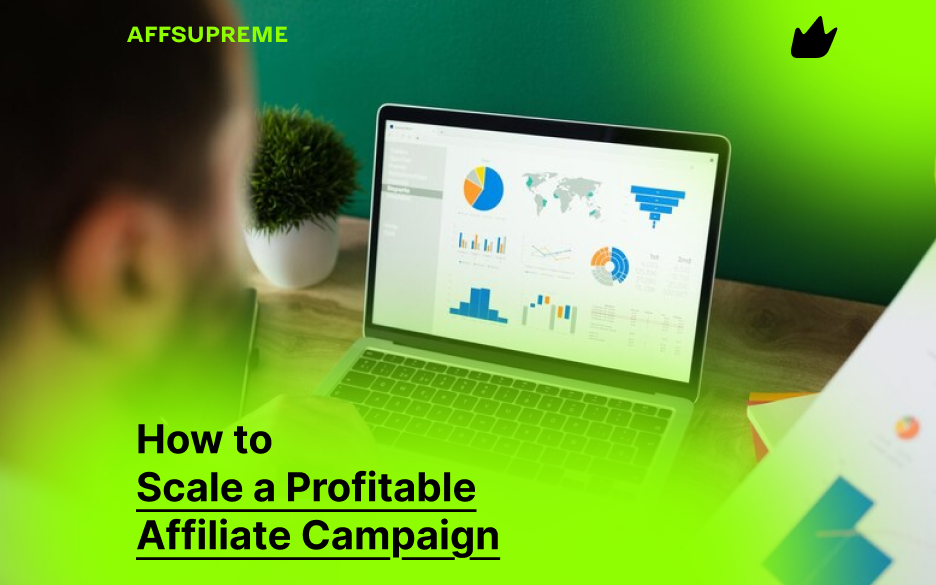Affiliate marketing offers incredible opportunities for passive income, but real success comes from knowing how to scale a profitable affiliate campaign effectively. If you’ve already found a campaign that converts, it’s time to amplify those results without sacrificing ROI. In this guide, we’ll break down the exact steps you need to take to scale smartly, sustainably, and successfully.
What Does It Mean to “Scale” an Affiliate Campaign?
To scale an affiliate campaign means to increase revenue and reach while maintaining or improving profit margins. This involves investing more into what’s working—whether that’s traffic sources, audiences, offers, or creatives—while carefully monitoring performance metrics.
Step 1: Optimize Before You Scale
Before scaling, ensure your current campaign is finely tuned. Focus on:
-
High-Converting Landing Pages: A/B test your designs, copy, CTAs.
-
Audience Targeting: Know your ideal user persona and refine your targeting.
-
Tracking & Analytics: Use tools like Voluum, RedTrack, or Google Analytics to understand the full customer journey.
Scaling a poorly optimized campaign is a fast way to burn your budget.
Step 2: Increase Budget Gradually
Don’t triple your ad spend overnight. Increase your budget in increments (10–20% daily) and monitor KPIs like:
-
EPC (Earnings Per Click)
-
CPA (Cost Per Acquisition)
-
ROAS (Return on Ad Spend)
This ensures your metrics remain stable as you scale.
Step 3: Expand Winning Audiences
Use lookalike or similar audiences based on your existing converters:
-
Facebook Ads: Create 1%, 3%, and 5% lookalike audiences from pixel data.
-
Google Ads: Use similar audiences or Customer Match lists.
-
Native/Push Ads: Use whitelists of top-performing placements.
Step 4: Test New Traffic Sources
Diversifying traffic helps reduce dependency and reach new segments. Try:
-
Native ads (Taboola, Outbrain)
-
Push notifications (PropellerAds, RichPush)
-
Search PPC (Google Ads, Bing)
-
Email marketing (if you have a list or partner network)
Use split-testing to compare performance across platforms.
Step 5: Scale Horizontally with New Offers
Once you’ve maxed out one campaign, find similar offers in the same niche. Use the same winning creative/landing page template and apply it to:
-
Offers with similar demographics
-
Other GEOs (geographic regions)
-
Seasonal promotions or product bundles
This strategy is ideal for evergreen verticals like health, finance, dating, and e-commerce.
Step 6: Automate & Outsource
To scale beyond your personal capacity:
-
Use automation tools (e.g., ad rules, autoresponders, bots)
-
Outsource tasks like ad design, content writing, or media buying
-
Hire a virtual assistant or media buyer to replicate winning campaigns
Step 7: Monitor and Optimize Continuously
Scaling isn’t a “set it and forget it” process. You must constantly:
-
Watch for ad fatigue and update creatives
-
Monitor frequency and engagement
-
Track profitability per source/placement
Use heatmaps, session recordings, and funnel analytics to pinpoint drop-offs and improve UX.
Final Thoughts: Smart Scaling Is Sustainable Scaling
Scaling a profitable affiliate campaign is more than just spending more—it’s about strategic growth backed by data and testing. By optimizing, expanding wisely, and automating where possible, you can grow your income exponentially without increasing your workload linearly.
Stay data-driven, test everything, and scale smart.

